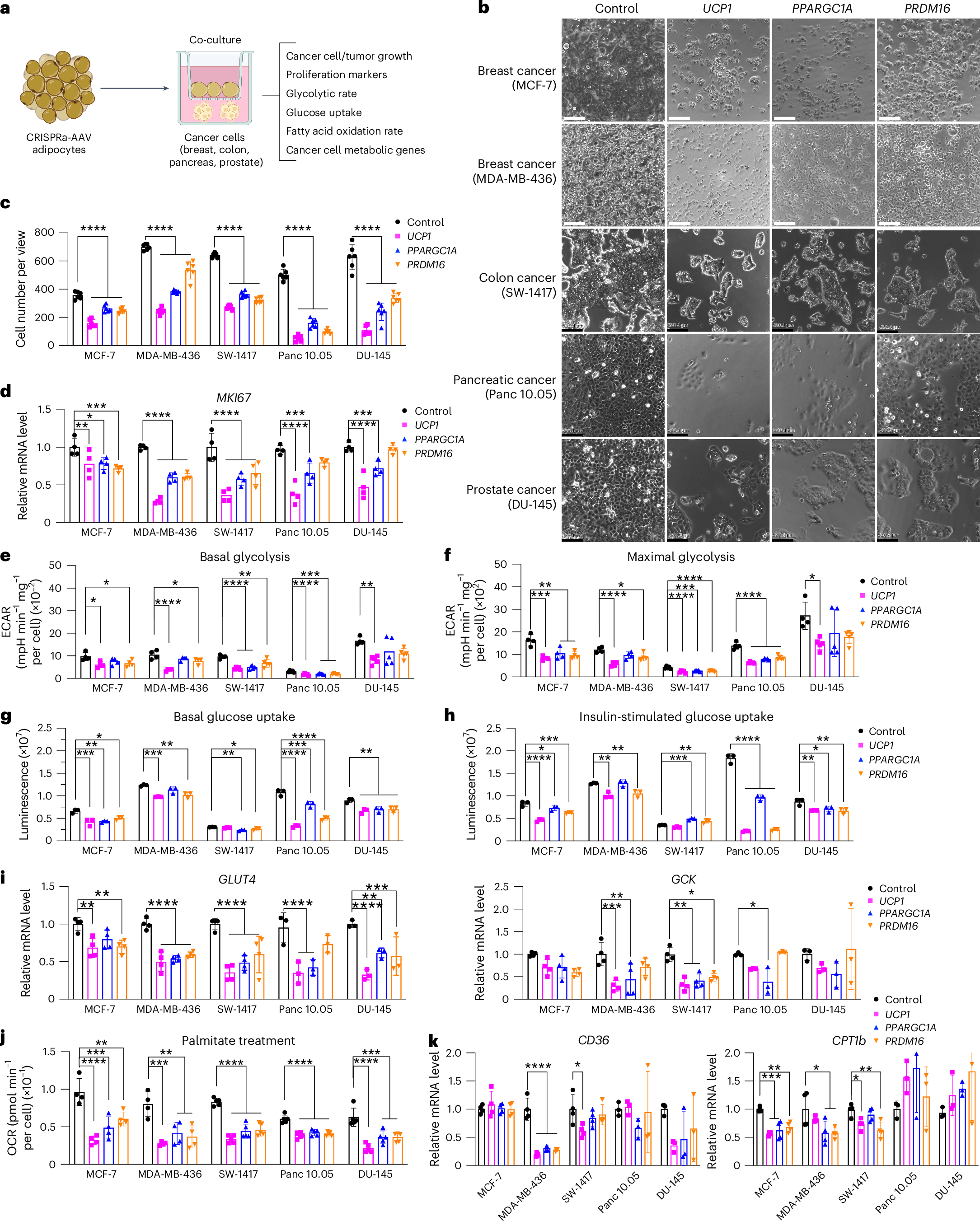2025-04-09 ペンシルベニア州立大学(Penn State)
<関連情報>
- https://www.psu.edu/news/agricultural-sciences/story/even-sublethal-insecticide-dose-may-disrupt-pollinator-mating-process
- https://www.sciencedirect.com/science/article/abs/pii/S0048969725006400
農薬の亜致死暴露は交尾を減少させ、有益な受粉媒介者の化学シグナル伝達を阻害する Sublethal pesticide exposure decreases mating and disrupts chemical signaling in a beneficial pollinator
Nathan Derstine, Cameron Murray, Freddy S. Purnell, Etya Amsalem
Science of The Total Environment Available online: 6 March 2025
DOi:https://doi.org/10.1016/j.scitotenv.2025.179005
Graphical abstract

Highlights
- Imidacloprid exposure reduces mating in a beneficial pollinator.
- Sublethal pesticide exposure disrupts the production and perception of chemical signals.
- Sublethal pesticide exposure reduces female lipid stores and male sperm.
Abstract
Pesticides provide vital protection against insect pests and the diseases they vector but are simultaneously implicated in the drastic worldwide decline of beneficial insect populations. Convincing evidence suggests that even sublethal pesticide exposure has detrimental effects on both individual- and colony-level traits, but the mechanisms mediating these effects remained poorly understood. Here, we use bumble bees to examine how sublethal exposure to pesticides affects mating, a key life history event shared by nearly all insects, and whether these impacts are mediated via impaired sexual communication. In insects, mate location and copulation are primarily regulated through chemical signals and rely on both the production and perception of semiochemicals. We show through behavioral bioassays that mating success is reduced in bumble bee gynes after exposure to field-relevant sublethal doses of imidacloprid, and that this effect is likely mediated through a disruption of both the production and perception of semiochemicals. Semiochemical production was altered in gyne and male cuticular hydrocarbons (CHCs), but not in exocrine glands where sex pheromones are presumably produced (i.e., gyne mandibular glands and male labial glands). Male responsiveness to gyne mandibular gland secretion was reduced, but not the queen responsiveness to the male labial secretion. In addition, pesticide exposure reduced queen fat body lipid stores and male sperm quality. Overall, the exposure to imidacloprid affected the fitness and CHCs of both sexes and the antennal responses of males to gynes. Together, our findings identify disruption of chemical signaling as the mechanism through which sublethal pesticide exposure reduces mating success.


